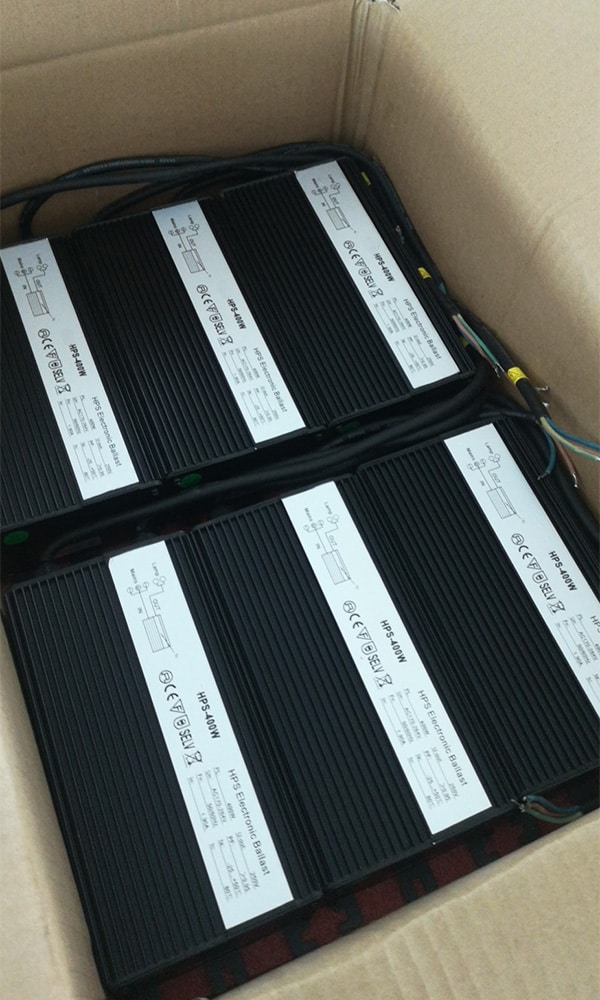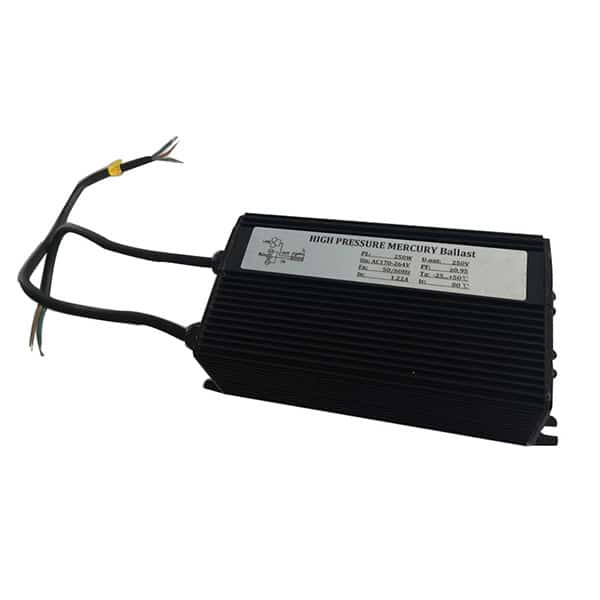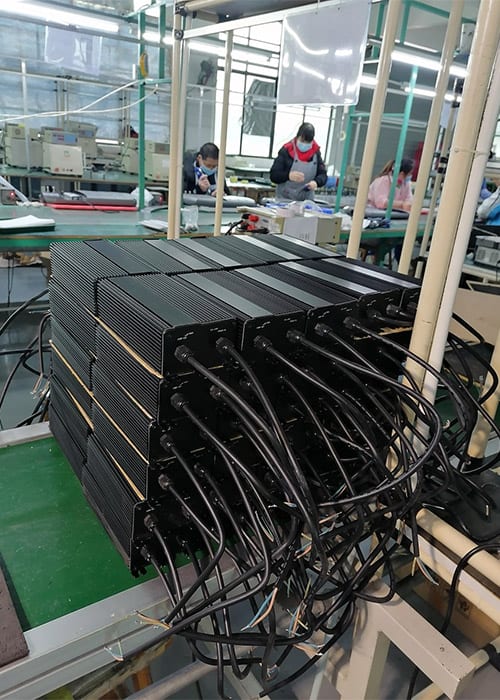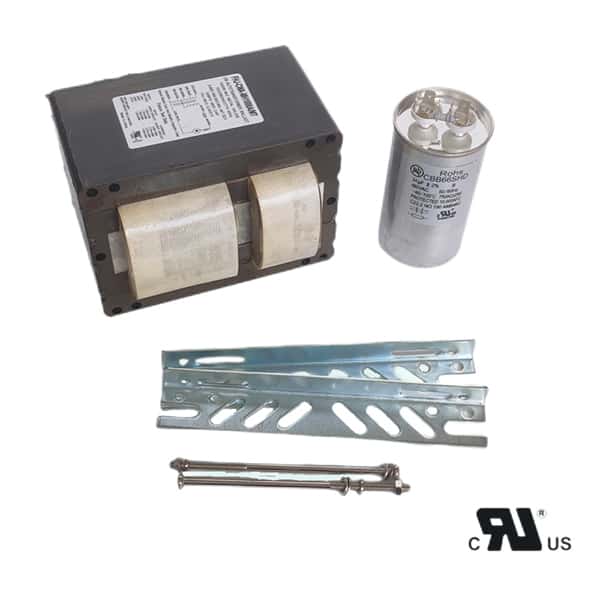Using a 1000 watt metal halide (MH) bulb in a 600 watt digital ballast to try and get better performance might sound good, but it can lead to worse performance, safety issues, and damage to your lighting system. Instead of improving your lighting setup, mismatching the wattage between your bulb and ballast can cause problems.
Don’t put a 1000 watt MH bulb in a 600 watt digital ballast. It’s not a good idea. It can make the bulb not work right, make it not last as long, and maybe even cause a safety issue.
Here’s why putting a 1000 watt bulb in a lower wattage light ballast is a bad idea and what you should do instead.
When you connect a 1000 watt MH bulb to a 600 watt digital ballast, the ballast is only capable of supplying 600 watts of power. This is far less than the 1000 watts that the bulb is designed to handle. As a result, the bulb will not operate at its full potential. The mismatch in power means the bulb won’t receive the necessary energy, which can cause it to produce dimmer light than intended. Inconsistent light output can severely impact the effectiveness of your lighting setup, especially in environments where full light intensity is required, such as in indoor gardening or industrial applications.
Additionally, because the bulb is not receiving the power it needs to maintain a stable arc, you may experience flickering or trouble getting the light to turn on and stay on. This reduced performance not only makes the bulb less effective, but it also places unnecessary strain on the lighting system, leading to more frequent failures and replacements.
Using mismatched wattages poses a number of risks beyond poor performance. One of the biggest dangers is the risk of overheating. When the wattages of the bulb and ballast do not align, the components may operate outside their safe parameters. This can cause excessive heat to build up within the bulb or ballast, which can damage the fixture or even create a fire hazard. Overheating can also lead to premature failure of both the bulb and ballast, negating any cost-saving benefits you might have hoped for by extending the life of the system. In reality, this mismatch usually results in shorter equipment life and more frequent replacement costs.
Another potential risk is safety. Running a 1000 watt bulb on a 600 watt ballast can lead to unpredictable electrical behavior. The imbalance in voltage and current can cause surges, which can damage not only the bulb and ballast but also other connected electrical systems. This could lead to hazardous situations, especially if the setup is in a critical environment like a grow room where plants or equipment may be sensitive to light and heat changes.
Ballasts and bulbs are designed to work together based on specific wattage ratings, and using a 1000 watt bulb with a 600 watt ballast goes against this fundamental principle. A 1000 watt metal halide bulb is engineered to operate at 1000 watts for optimal performance, efficiency, and lifespan. Similarly, a 600 watt ballast is designed to deliver a stable 600 watts of power. When these two components are mismatched, the ballast cannot provide the necessary current to properly ignite and sustain the arc within the 1000 watt bulb. The result is unreliable performance and possible long-term damage to the lighting system.
A ballast’s job is to regulate the power supplied to the bulb, ensuring the proper voltage and current are delivered to maintain a consistent arc. A 600 watt ballast simply cannot meet the demands of a 1000 watt bulb, causing issues like dimming, flickering, and uneven light distribution. This is why it’s critical to always match the wattages of the bulb and ballast.
If you’re looking to increase the light output in your space, using a 1000 watt bulb in a 600 watt ballast is not the answer. A better approach is to upgrade your ballast to a 1000 watt digital ballast that’s designed to support the higher wattage bulb. By using a matching ballast, you’ll ensure the light runs at optimal performance levels and avoid any of the risks associated with mismatched components.
Another alternative is to consider newer lighting technologies like LED grow lights. LED systems can provide the same, if not better, light output as high-wattage HID setups while using significantly less power. LEDs run cooler, are more energy-efficient, and offer customizable light spectrums for different stages of plant growth. By switching to LEDs, you could achieve greater efficiency and long-term savings without the need for higher-wattage bulbs or ballasts.
Some digital ballasts are designed to handle multiple wattages and even include dimming options, which allow users to adjust the power output based on the bulb being used. However, it’s important to note that even with dimming functions, the ballast’s maximum wattage must still match the bulb’s wattage for safe operation. For example, a dimmable 600 watt ballast can be safely paired with a 600 watt bulb, but should not be used with a 1000 watt bulb even at lower settings. Using a higher-wattage bulb in a lower-wattage ballast is never recommended, as it can lead to many of the performance and safety issues discussed earlier.
In conclusion, make sure you match your bulb and ballast wattages to have safe, efficient, long-lasting performance. Even though it might sound good to use a 1000 watt MH bulb in a 600 watt digital ballast, it’s not. The bad things that can happen from mismatching the wattage are much worse than the good things you hope will happen. Stick with compatible wattages to avoid problems with poor performance, overheating, and damage to your lighting system. If you need more light, think about getting a different ballast or look into more efficient lighting technologies like LEDs.




